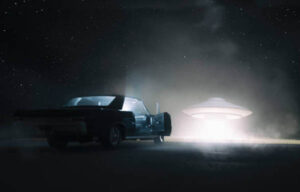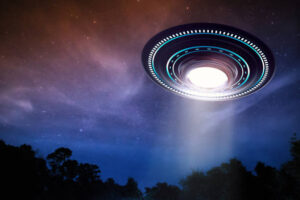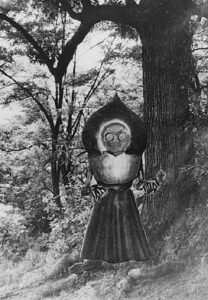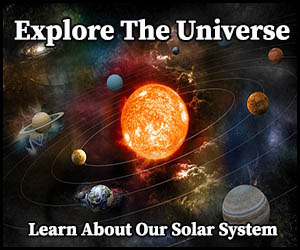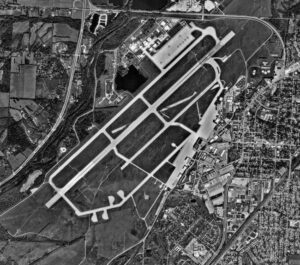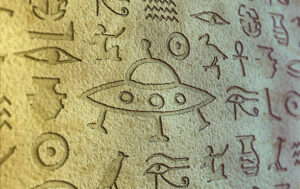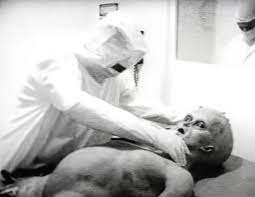Space exploration has been one of the greatest achievements of mankind, but it is not without its risks. One such risk is the possibility of spacecraft carrying contaminants to potentially habitable or inhabited locations in the solar system. Contaminants refer to microorganisms, biological matter, or chemical substances that may be harmful to life as we know it. This issue is particularly relevant as space agencies and private companies plan to explore and potentially colonize the moon, Mars, and other celestial bodies.
The concern over contamination arises from the fact that many of the solar system’s planets and moons are believed to have the potential for life, either now or in the past. For instance, Mars has been a prime target for astrobiologists because of its similarities to Earth in terms of its geology, atmosphere, and potential for liquid water. Similarly, the icy moons of Jupiter and Saturn, such as Europa and Enceladus, have subsurface oceans that could harbor life. It is therefore important to ensure that any exploration or colonization efforts do not inadvertently introduce Earth-based microorganisms or other contaminants that could jeopardize these potentially habitable environments.
To address this concern, space agencies and private companies have developed strict protocols for spacecraft cleaning and sterilization. These protocols aim to minimize the risk of contamination by ensuring that spacecraft are free of any biological or chemical substances that could harm the target location’s environment. For example, NASA’s Planetary Protection Policy requires that all spacecraft sent to Mars undergo a thorough cleaning and sterilization process, including exposure to high levels of heat or radiation. This process aims to reduce the number of viable microorganisms that may be carried to Mars, as well as to eliminate any organic compounds or other potential contaminants.
However, despite these protocols, there is always the possibility that some contaminants may still be present on spacecraft. For example, some microorganisms may be resistant to sterilization techniques or may be able to survive in dormant states for extended periods. Similarly, the spacecraft’s components, such as its electronics or propulsion systems, may contain materials that could be harmful to the target environment.
The risk of contamination is particularly relevant when it comes to potential human missions to Mars or other celestial bodies. Human missions would involve the presence of astronauts, who would carry with them their own microbiomes, or the collective microorganisms that live in and on their bodies. These microorganisms could potentially colonize the target environment, altering its ecosystem or interfering with any existing life forms.
While the risk of contamination from spacecraft is a concern, space agencies and private companies have developed protocols to minimize this risk. It is important that these protocols are strictly followed, particularly as exploration and colonization efforts increase in the coming years. Any efforts to explore or colonize potentially habitable or inhabited locations must be conducted with the utmost care and responsibility to ensure that we do not inadvertently harm or alter these precious environments.


